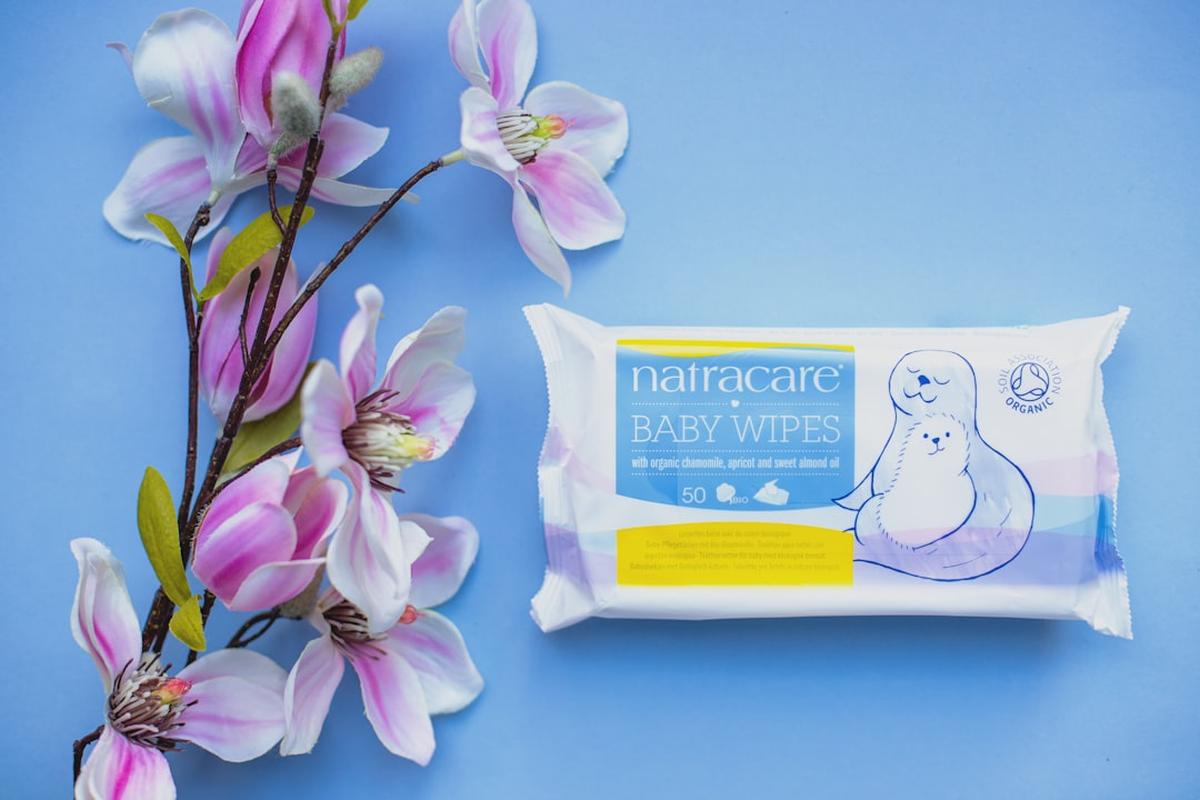A few years ago, I was just like many of you, aware of the environmental crisis but unsure of how to make a significant difference. Today, I live an eco-friendly lifestyle that not only benefits the planet but also enriches my life in countless ways. I’m here to tell you that it’s entirely possible to transition to sustainable living, and I hope my story inspires you to embark on your own eco-living journey.
Understanding the Concept of Eco Living
Eco living, or sustainable living, is a lifestyle choice aimed at reducing an individual’s or society’s use of Earth’s natural resources. It’s about making conscious decisions that minimize our environmental impact and promote a healthier planet. The benefits of eco living extend beyond the environment to our personal health and well-being. By choosing organic, natural products, we reduce our exposure to harmful chemicals. And contrary to popular belief, eco living doesn’t mean compromising on comfort or convenience. In fact, it often leads to a simpler, more fulfilling lifestyle.
The First Step: Mindful Shopping
One of the first steps I took towards eco living was mindful shopping. I started paying attention to what I was buying, where it came from, and how it was made. I realized that every purchase is a vote for the kind of world we want to live in. So, I started choosing products that were ethically made and environmentally friendly. I began buying in bulk to reduce packaging waste and opting for second-hand items whenever possible. I also started supporting local businesses that prioritize sustainability.
Big Purchases, Big Environmental Benefits
Large purchases, like appliances and furniture, can have a significant environmental impact. When I needed to replace my old refrigerator, I spent a little extra to buy an energy-efficient model. Not only does it use less electricity, but it also saves me money in the long run. When buying furniture, I look for items made from sustainably sourced materials or consider second-hand options. It’s not always easy, but the environmental benefits are worth it.
Going #PlasticFree: The Challenge and Triumph
One of the most challenging yet rewarding parts of my eco-living journey has been going plastic-free. Plastic pollution is a major environmental issue, and I wanted to do my part to combat it. I started by eliminating single-use plastics from my life, like grocery bags, water bottles, and straws. I invested in reusable alternatives and started bringing my own containers when shopping or eating out. It was a big adjustment, but the satisfaction of knowing I’m reducing my plastic waste is immeasurable.
Boycotting Products that Endanger Wildlife
As an animal lover, I was devastated to learn that many everyday products contribute to wildlife endangerment. Palm oil, for example, is a common ingredient in food and cosmetics, but its production often involves deforestation and habitat destruction. I made a conscious decision to boycott products containing palm oil unless it’s certified sustainable. It requires careful label reading and sometimes means giving up favorite products, but it’s a small price to pay to protect our planet’s biodiversity.
Paying Attention to Labels: A Guide
Understanding product labels is crucial for eco living. Labels like “organic,” “fair trade,” and “cruelty-free” can guide us towards more sustainable choices. However, it’s important to be aware of greenwashing – misleading marketing tactics used by some companies to appear more environmentally friendly than they really are. I’ve learned to research brands and look for third-party certifications to ensure I’m making truly eco-friendly choices.
Being Water Wise: Conservation at Home
Water conservation is another key aspect of eco living. I’ve implemented various water-saving measures at home, like installing low-flow showerheads, fixing leaks promptly, and using a rain barrel to collect water for my garden. These small changes can make a big difference in our water footprint.
Drive Less, Drive Green: Sustainable Transportation Choices
Transportation is a major contributor to greenhouse gas emissions. To reduce my carbon footprint, I’ve made a conscious effort to drive less. I walk or bike for short trips, use public transportation when possible, and carpool with friends and colleagues. When I had to buy a new car, I chose a fuel-efficient model. These choices not only help the environment but also keep me active and save me money on fuel and maintenance.
Greening Your Home: A Room-by-Room Guide
Making your home eco-friendly can seem daunting, but it’s easier when you tackle it room by room. I started with my kitchen, swapping plastic containers for glass ones, composting my food waste, and using energy-efficient appliances. In my bathroom, I switched to low-flow fixtures and natural personal care products. In my living room, I opted for furniture made from sustainable materials and decorated with houseplants to improve air quality. Every room in your home offers opportunities to be more eco-friendly.
Conclusion: The Journey Continues
My eco-living journey has been a rewarding and enlightening experience. It’s taught me that every choice we make has an impact on the world around us. And while I’ve made significant strides towards sustainability, I know there’s always more to learn and do. I encourage you to start your own eco-living journey. It may not always be easy, but the rewards—for our planet and ourselves—are well worth it.
Resources for Further Learning
If you’re interested in learning more about eco living, there are plenty of resources available. Some of my favorite books on the subject include “The Zero Waste Home” by Bea Johnson and “This Changes Everything: Capitalism vs. The Climate” by Naomi Klein. Documentaries like “An Inconvenient Truth” and “The Story of Stuff” provide eye-opening insights into environmental issues. Websites like TreeHugger and The Good Trade offer practical tips for sustainable living. And don’t forget to connect with local and online communities for support and inspiration. Remember, we’re all in this together!
Frequently Asked Questions
Isn’t eco living expensive?
Eco living can sometimes involve higher upfront costs, like buying a reusable water bottle instead of single-use ones. However, these investments often save money in the long run. Plus, many aspects of eco living, like reducing waste and conserving energy, can actually save you money.
I live in a city. Can I still live sustainably?
Absolutely! While it may seem easier to live sustainably in a rural area, city dwellers have many opportunities to be eco-friendly. You can choose public transportation or biking over driving, support local farmers’ markets, and even grow your own herbs on a windowsill.
What’s the most important thing I can do to live more sustainably?
There’s no one-size-fits-all answer to this, as sustainable living can take many forms. However, a good place to start is by becoming more conscious of your consumption. This means thinking about what you buy, where it comes from, how it’s made, and where it ends up when you’re done with it.
How can I convince others to live more sustainably?
The best way to inspire others is by setting a positive example. Share your experiences, the challenges you’ve overcome, and the benefits you’ve gained from living sustainably. Remember, it’s not about being perfect but about making progress and encouraging others to do the same.
Is it possible to live completely waste-free?
Living completely waste-free is a great goal, but it’s not always realistic for everyone. Instead, aim to reduce your waste as much as possible. Remember, every little bit helps!
How can I make my home more energy-efficient?
There are many ways to make your home more energy-efficient. You can install energy-efficient appliances and light bulbs, insulate your home to reduce heating and cooling costs, and use power strips to prevent phantom energy use. You can also consider renewable energy sources like solar panels.







